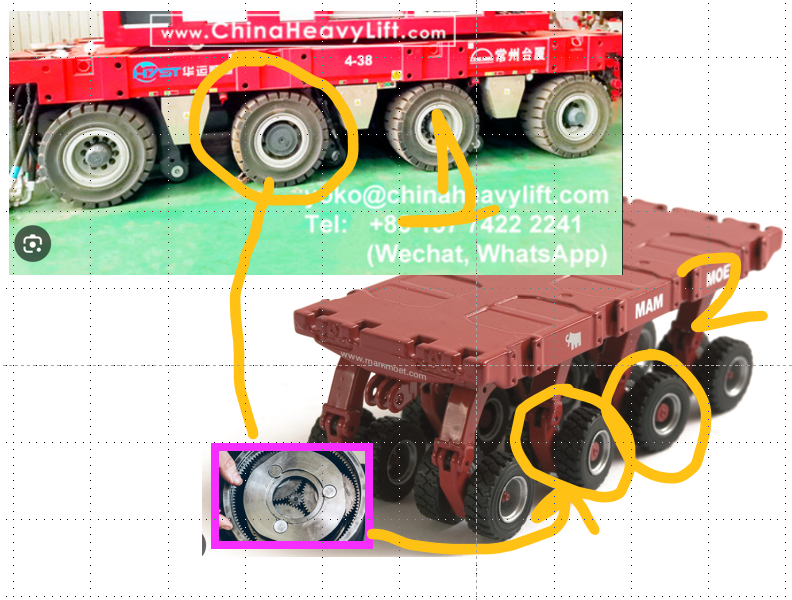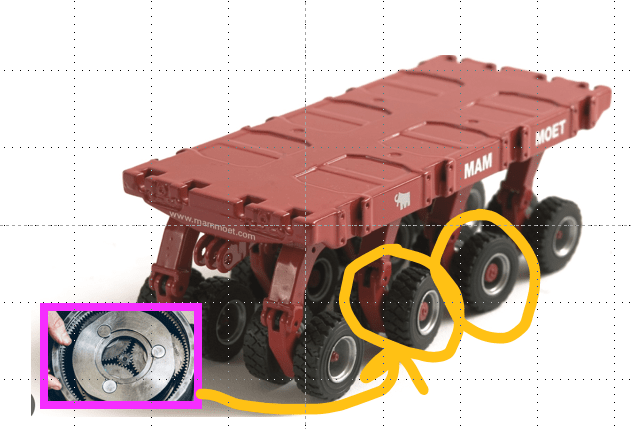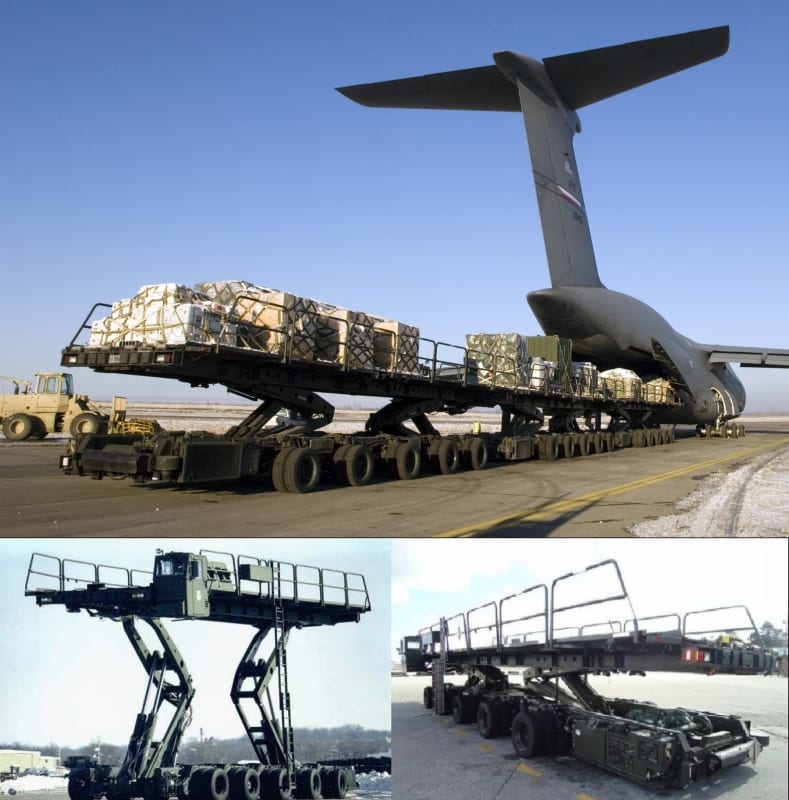TrustButVerify
Mechanical
Hello folks,
So, just imagen you have two commercial trucks, one with 2-wheel-drive and another with 4-wheel-drive, and their WEIGTH is the same.
Great, they are being manufactured to be able to be driven on a flat surface, both of them.. Like driving on the road.
Now, this is the question... Imagine you start scrapping both trucks the same way, I mean, you start to take weight off the truck, like reducing their self-weight...
Can you find the situation that the 4-wheel-drive truck will NOT go forward due to lack of weight on each axle (and thus less friction), but to start SLIDING due to much torque?
The 2-wheel drive truck will be able to go forward since the two wheels need to overcome their own resistance, plus the resistance of the other two wheels?
Where I can read about this?
Have a nice weekend.
So, just imagen you have two commercial trucks, one with 2-wheel-drive and another with 4-wheel-drive, and their WEIGTH is the same.
Great, they are being manufactured to be able to be driven on a flat surface, both of them.. Like driving on the road.
Now, this is the question... Imagine you start scrapping both trucks the same way, I mean, you start to take weight off the truck, like reducing their self-weight...
Can you find the situation that the 4-wheel-drive truck will NOT go forward due to lack of weight on each axle (and thus less friction), but to start SLIDING due to much torque?
The 2-wheel drive truck will be able to go forward since the two wheels need to overcome their own resistance, plus the resistance of the other two wheels?
Where I can read about this?
Have a nice weekend.



